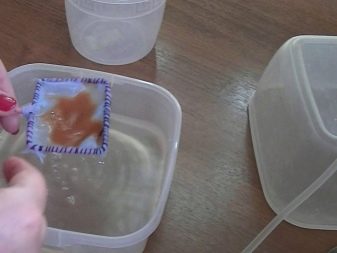Artemia fish food
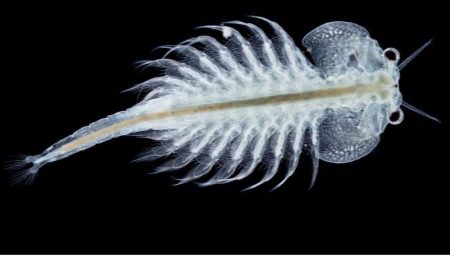
Any owner of aquarium fish wants their pets to be healthy and pleasing to the eye for as long as possible. To achieve this, you need to properly feed the fish. They need not only plant food, but also animal food. Artemia crustaceans may well act as the latter. Every lover of aquarium inhabitants should thoroughly know about their breeding and cultivation.
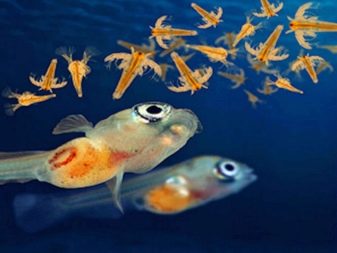
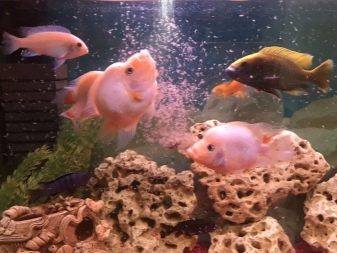
What it is?
Nutrition is the basis of the life of any living creature. Aquarium fish can eat different types of food, but they definitely need food of animal origin.
Artemia is one of the most popular snacks. This amazing crustacean has existed on our planet for almost 100 million years, perfectly adapting to almost any conditions.
An adult crustacean grows to about 20 millimeters, while babies are 0.3 mm in size. The life expectancy of creatures is up to six months. Females do not always need fertilization, they can reproduce on their own. Even the eggs of these amazing creatures are special, because they can hatch only after 50 years, and until then they retain their original appearance. Newborn brine shrimp have one eye, but over time they develop two additional ones.
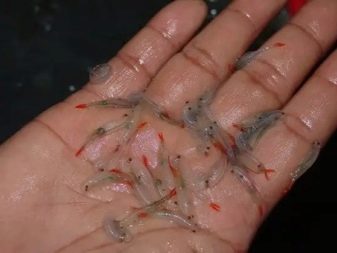
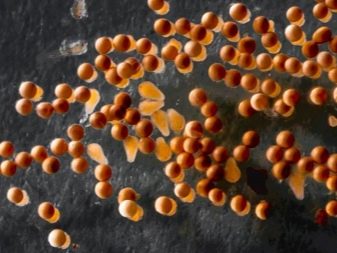
Small brine shrimp goes through several development cycles, and any of them is suitable for feeding crustaceans as food for fish.
- Artemia eggs are called cysts. They are able to withstand temperatures up to +200 degrees Celsius. Cysts are very rich in protein and vitamins.
- Newborn crustaceans are nauplii. They can also be offered to fish as food.
- Mature individuals suitable for most types of fish in different sizes.
Under natural conditions, brine shrimp live in salty water sources. They appear incredibly often in water bodies intended for resort recreation. It is thanks to them that a unique healing mud appears. Crustaceans eat phytoplankton, they can feed on algae and small plant food. They live practically throughout the entire planet.

Advantages and disadvantages
Feeding Artemia fish has a number of undeniable advantages:
- crustaceans contribute to the rapid development of fish;
- thanks to them, a much larger number of fry survive;
- the crustacean is distinguished by its mobility, a predator will hunt for it with pleasure;
- Artemia can withstand any conditions, and leaves almost no waste;
- any fish owner can buy crustacean eggs - they are cheap, they are in every pet store.
As for the disadvantages, the following points must be taken into account:
- crustaceans are very high in calories, with uncontrolled use they cause obesity in fish;
- there is no guarantee that the eggs are not contaminated;
- for breeding, you will have to purchase special equipment.
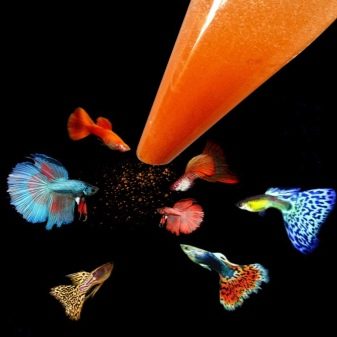
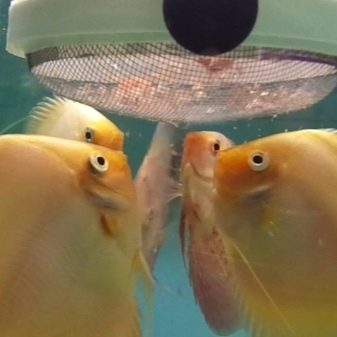
It should be noted that Artemia can be eaten not only in a living state. Frozen and dried specimens are also very popular. Frozen is absolutely safe, because bacteria quickly die in extreme cold.

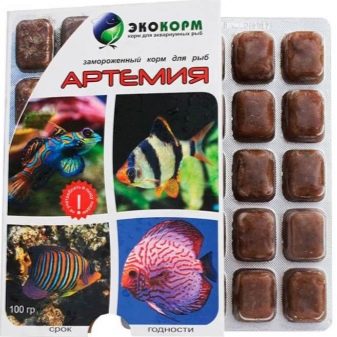
Growing methods
It will not be difficult to grow Artemia even for a novice lover of underwater inhabitants. Breeding crustaceans can be done in different ways, but several important steps will be required for any method:
- temperature indicators of water should fluctuate within + 26 ... 30 degrees;
- acidity parameters - from 8 to 9 pH;
- for every half liter of water, about 20 grams of salt will be required;
- aeration is a must.

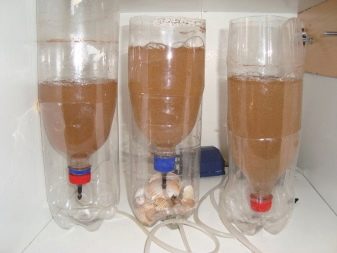
Now let's look at the techniques that experienced aquarists have advised.
Jar
This is the simplest and most budgetary technique for breeding brine shrimp.... Take a 2-3 liter jar, fill with water, and dilute the required amount of salt. Next, place the crustaceans there, a teaspoon will be enough for each liter. The jar is closed, and two holes are made in the lid itself. Next, you need to take two tubes. The first one is immersed in the jar so that it touches the bottom of the container. A compressor is attached to one end (long). On the short one, you will need to fix the sprayer.
The second tube should not touch the water. It is required for air to escape. If the temperature readings are within normal limits, then in about a day and a half you will see crustaceans. To collect the babies, you must stop the compressor. After turning off the brine shrimp will sink to the bottom of the can. The lid is opened and some kind of cloth is put on top, then the liquid is poured through it. The finished feed will remain on the fabric.
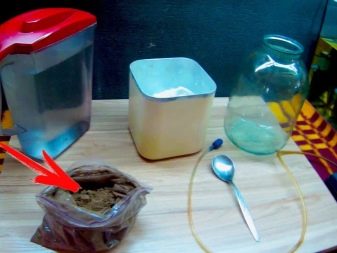
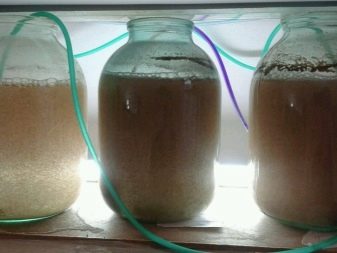
Incubator
This reservoir is also not difficult to create. You will need two empty and clean plastic bottles, it is better to take two liter models. The bottom of the first bottle is cut off, and the neck of the second is removed. Next, both items will need to be connected. To do this, a copy with a cut off bottom is inserted "upside down" into the one that has no neck. A tube containing a compressor and a nebulizer is inserted into the upper part of the structure.
Eggs are preliminarily placed with saline solution (5%) for 30 minutes. Next, water is poured into a homemade tank, salt and a very small amount of soda are poured into it. Lay the eggs and turn on the equipment. For nauplii to be born, the incubator will need to be constantly lit. You can get ready-made crustaceans using a flexible tube, which is usually used in medical droppers.

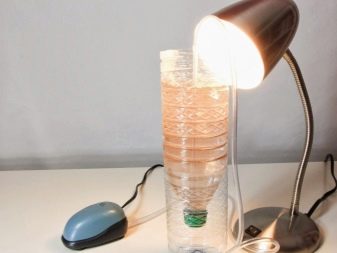
Aquarium
This option will be needed if adult fish are to be fed, which are clearly not enough of tiny newborn crustaceans.
The maximum aquarium capacity should be 40 liters, and a number of other conditions will also be required. So, brine shrimp will need good heating, light and clean water.
The aquarium chosen for breeding is taken out where it will not be illuminated by the scorching sun rays. Dilute the required amount of salt in water, check that everything is in order, then pour it into a container. Next, you need to put a filter for water purification, fix the compressor and turn on the power to the tank. After that, all that remains is to install a heating device and a thermometer.
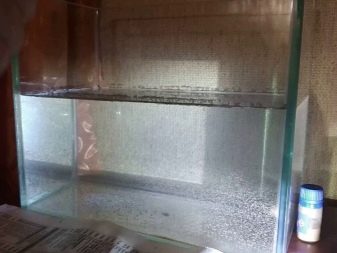
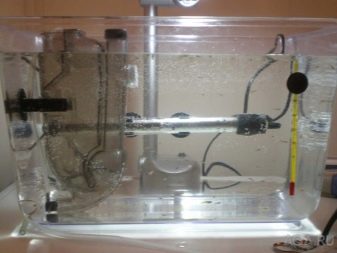
Eggs should not be poured on the first day. This time will have to be spent on controlling the water parameters. If they remain unchanged within 24 hours, eggs can be laid. The kids will hatch in about a day. Remember that when growing brine shrimp in an aquarium, the tank must be carefully looked after.
The salt will gradually go away, so it is necessary to constantly monitor this parameter, adding it weekly to the desired parameters (you can dissolve it in a bottle in advance, it’s more convenient). When changing the salt, it will not be superfluous to wash the sponge that is in the filter. Do not forget to clean the aquarium, and remove the waste products of babies. You can catch ready-made food with the help of light. If any area is brightly illuminated, the crustaceans will quickly swim there and they can be removed with a small net.
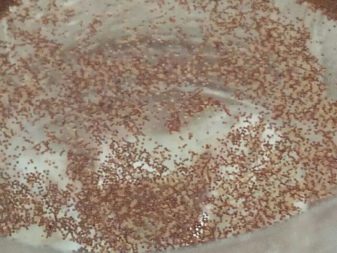
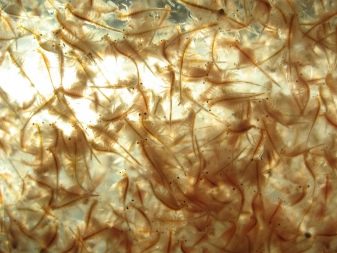
Let's take a look at some more useful tips:
- aquarium water cannot contain chlorine;
- for breeding crustaceans, it is recommended to use an air-lift filter;
- the season does not matter in breeding, you can get food both in summer and in winter;
- when feeding the fish, you should not be zealous, if you give the fry too many nauplii, then they will not have time to eat them, and the latter grow rapidly, you will not have time to look back as they themselves will eat the fish.


How to feed?
In order for the small crustaceans to bring as much benefit to the aquarium inhabitants as possible, they themselves need to be properly fed. There is a special dry food for Artemia in pet stores, but it won't be enough. The fry will also taste finely chopped greens. Powdered milk will also become an obligatory food. Many breeders provide crustaceans with egg powder, some additionally introduce spirulina into the diet.
You need to feed the kids 3-4 times a day, the amount of food should be very small. If the crustaceans do not have time to eat it, this will lead to contamination of the tank. In this case, you will need to update it and continue to give smaller portions.
Remember that brine shrimp grows very quickly. If you need to feed the fry, then in two days the crustaceans will be ready. Adult fish will need to wait a week. An eight-day-old crustacean is already a sexually mature creature.
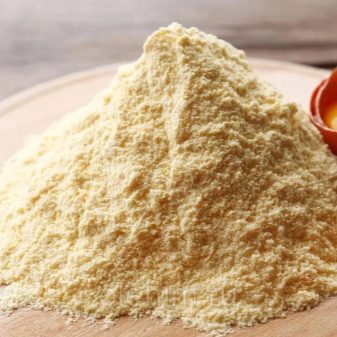
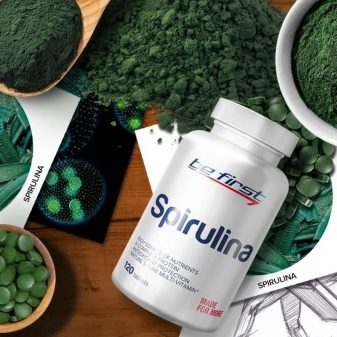
How to store?
Keeping crustaceans will not cause difficulties for anyone. Live fresh copies can be placed in the refrigerator, they must be used in 2 days... If a lot of crustaceans have bred, you can freeze them and store them for several months. Artemia is rarely dried at home, because this is a long and generally unnecessary process. Dried crustaceans are sold in stores in vacuum packaging. Thanks to this, they can be stored for months.
